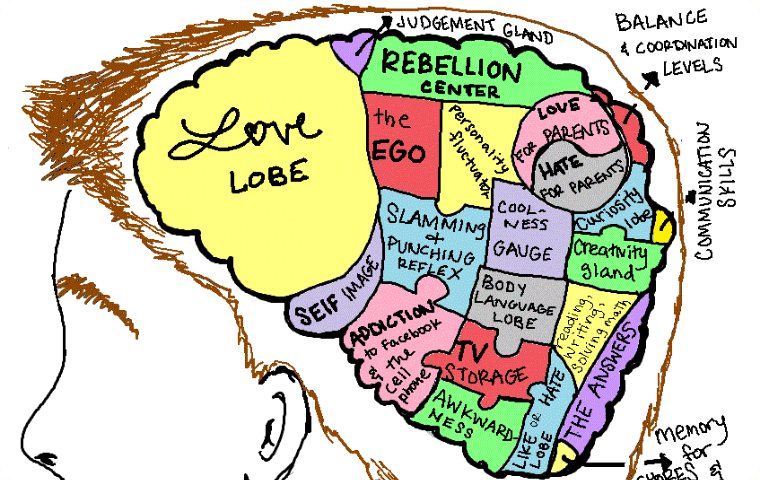Going beyond graduated licensing
Researchers Jessica L. Hartos, William J. Nissen, and Bruce G. Simmons-Morton believed that parents could play a vital role during this critical window in the form of a parent driver agreement, and their results were compelling.
Their study, funded by the National Institute of Child Health and Human Development and published in the American Journal of Preventive Medicine, sought to prove the hypothesis that a well-crafted parent-teen driving agreement could positively affect driving outcomes.
Hartos et al. knew that GDL programs have proven effective in reducing teen drivers’ crash risk, yet the period after receiving licenses continued to be the most dangerous for teens. Clearly, there’s a need for some form of additional training and guidance beyond graduated licensing. In their mind, this was an opportunity for parents to play an increased role.
In a sense, the GDL concept is a form of driving agreement made between novice drivers and their state automotive authority. GDL programs try to minimize new driver risk by limiting the amount of driving they’re allowed to do, as well as when, where, and with whom they may drive. Each of these restrictions are meant to address specific, high-risk variables and scenarios known to elevate risk.
An extension of this driving agreement, one struck between parent and teen, could very well increase safety during the year or two after receiving a license. So, Hartos et al. found 47 families with drivers under 17.5 years of age to participate in their study. Parents and teens were provided with a driving agreement to be reviewed, discussed, and agreed upon.
The agreement provided parents with additional information including the types of risk their teen drivers faced in different situations, as well as ways to make the most out of their agreement. Researchers encouraged parents to pay particular attention to high-risk conditions for their teenagers, such as driving at night or with too many contemporaries in the vehicle.
From there families’ satisfaction and success with the program would be evaluated through a series of interviews. Of the 47 families, 38 would complete the program. Of those, 25 found it “not difficult” to come to a consensus on driving restrictions. Interestingly, 22 sets of parents found that they placed limits above and beyond what they would have initially considered requiring.
The agreement was broken down into a series of checkpoints, with driving restrictions being lifted through a series of stages. This was intended to increase exposure to risky situations slowly and incrementally, giving young drivers the additional driving time and experience they needed to make safer decisions in those situations.
When questioned, respondents said that the driving agreement program made them aware of the magnitude of risks their children were facing on the road, which they might otherwise not have understood. This awareness influenced them to the point of placing additional restrictions on high-risk situations.
This pattern of restriction held true across all high-risk conditions. In the categories of night driving, teen passengers, and road types, a significantly higher percentage of parents willingly imposed restrictions on their teen drivers than had originally intended to do so.
While 5 families did find the process of setting restrictions “difficult,” and 4 found it “very difficult,” the vast majority of participants found it to be a productive program. 33 of 34 parents that completed the process, as well as 29 out of 33 teens, would recommend a similar agreement to other families.














